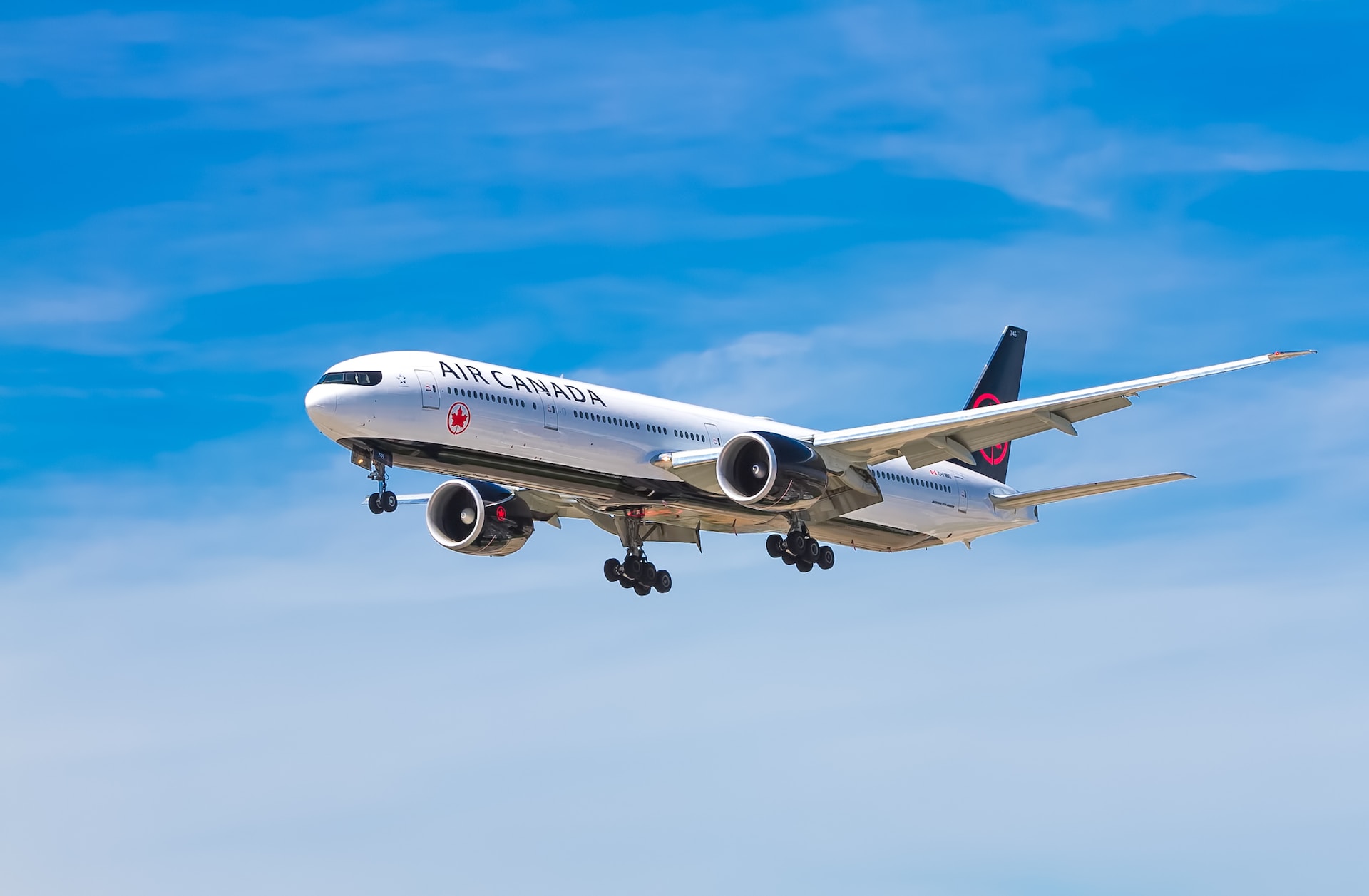- 24 April 2023
- 94
Flying in the New Normal: A Never-Ending Nightmare?

The COVID-19 pandemic has dramatically changed the way people travel, especially by air. Since the outbreak of the pandemic, countries worldwide have imposed travel restrictions, mandatory quarantine periods, and COVID-19 tests for travelers. The aviation industry is one of the hardest hit sectors, with airlines struggling to stay afloat amid a sharp decline in passenger traffic.
As vaccination campaigns roll out globally, many countries are easing travel restrictions to boost their economies. However, the new normal for air travel seems to be a never-ending nightmare for travelers. Passengers must comply with a barrage of rules and regulations, and the process of flying has become increasingly complex and frustrating.
Airports have implemented stringent health and safety measures, such as mandatory face masks, social distancing, and temperature checks. These measures have led to longer wait times, slower security checks, and more crowded terminals, which can make the flying experience more stressful and unpleasant.
Moreover, airlines have had to cut back on services to reduce contact between passengers and crew, leading to a less enjoyable and less comfortable travel experience. Many airlines have eliminated or reduced in-flight services, such as food and beverage offerings, and the use of blankets and pillows.
As a result, some travelers are choosing to avoid flying altogether, while others are opting for alternative modes of transportation, such as road trips. In response to this trend, some airlines have introduced innovative solutions to improve the flying experience, such as mobile check-in, digital boarding passes, and contactless payments.
But even with these innovations, the aviation industry is facing a long road to recovery. Airlines are struggling with reduced passenger numbers, lower revenues, and mounting debts, and they may need government support to survive.
The future of air travel remains uncertain, with many travelers still hesitant to fly despite the easing of travel restrictions. While the pandemic has disrupted air travel in the short term, it has also highlighted the need for greater resilience in the aviation industry. In the long term, airlines and airports may need to adapt to a new reality, where health and safety protocols are a permanent feature of the flying experience.
In conclusion, the pandemic has transformed air travel into a never-ending nightmare for passengers, with stringent health and safety measures, reduced services, and longer wait times. While the aviation industry is making efforts to improve the flying experience, the future remains uncertain, with the sector facing significant challenges to recovery. Ultimately, the new normal for air travel may require a fundamental rethink of how airlines and airports operate to ensure a more resilient and enjoyable experience for passengers.

